How A Park for the Rich Became a Park for Everyone
Introduction of A BLOG SERIES BY ALEC RILL
What is it we all want? What would be your ideal world? I bet you have dreams, goals, and desires, but I am sure that most of us would like to be free to explore our future while living in a world where everybody is nice, respect each other, values people for who they are as individuals regardless of origin, skin color, material worth. In short, a place (a utopia?) where everybody is happy and we all get along.
Are there places like this? Is it really a utopia? The country of Bhutan measures happiness by a totally different measure the rest of the world uses. In the West we measure GDP (Gross Domestic Product), a monetary value of final goods and services, but we know that money alone doesn’t provide happiness.
Gross National Happiness (GNH), sometimes called Gross Domestic Happiness (GDH), is a philosophy adopted by the government of Bhutan to attempt to create such a society (if you can measure it, you can achieve it).
Bhutan, the world’s Last Shangri-La:

Shangri-La represents a place where society functions in harmony. Some say Bhutan is the last kingdom to embody this idea.
According to the Bhutanese government, the four pillars of GNH are:
- Sustainable and equitable socioeconomic development
- Environmental conservation
- Preservation and promotion of culture
- Good governance
The domains of GNH are psychological well-being, health, time use, education, cultural diversity and resilience, good governance, community vitality, ecological diversity, resilience, and living standards.
As I was walking in Central Park some years ago, I was struck by a scene that made me think about happiness and an idyllic society.
There were two softball teams. I was taking photos and the bright colors of their uniforms intrigued me, so I approached them. They were immediately friendly and curious about what was I doing. Not every day you find such a friendly group of people, especially in New York City, where people are reluctant to have their pictures taken by a stranger.
I went back again and again and every time I noticed different aspects of this very interesting society:
One team was made up of bartenders, busboys, dishwashers etc. There were immigrants from other countries and people who moved to New York from other states. Many of the immigrants were in the process of becoming citizens, and many knew they may never become citizens given our immigration policies (or lack thereof). They were the red team and they were playing against the blue team (the park police team!).
When I saw that, I thought “this can be interesting.” And interesting it was in many ways—they played, and they yelled at each other (disagreements about softball rules are not uncommon and tempers flare). They shouted, they screamed, they pretended to hit one another, and by the end of the game, the hugged, they kissed, and celebrated. One team wins and one loses, but both celebrate a good game.
Granted, each celebrates in a different way—the police bring beer, the restaurant workers smoke. In short, they are a family where they all, in the end, love each other and look forward to the next time they can enjoy the fights, the camaraderie, and the making up.
Over time I met other teams as disparate as these two. Different teams were made up of different people who in their day-to-day lives had so little in common that there was very little chance they would develop this type of friendship outside this community. But in the park, young, old, men, women, rich, poor, legals, illegals, etc. they all get along, they are family; what they have in common is that they work hard and need a place, a sport, a community, where they can unwind from the stress accumulated during the week. This is the community I found at the Heckscher softball fields in Central Park.
How did this happen? How did such a place, such state of mind, such community develop?
Follow me in this adventure and I’ll tell you the secret in the next few chapters. I’ll tell you in words and in pictures how Central Park, built for the rich, became the democratic park we know and love today. I’ll show you the preparations of the fields, how the players warm up, the games, the proverbial no pain, no gain, how they celebrate (win or lose), the camaraderie, what do their families see from the outside, what do the spectators think, who is the next generation, and finally, I’ll tell you “What’s in it for us” – for you, for me, and for society in general.

Empty field raked and ready for the game.

Play Hard. Everyone gives their all.

Family Encourages Dad.

Old-timers encouraging the next generation.

The next generation.









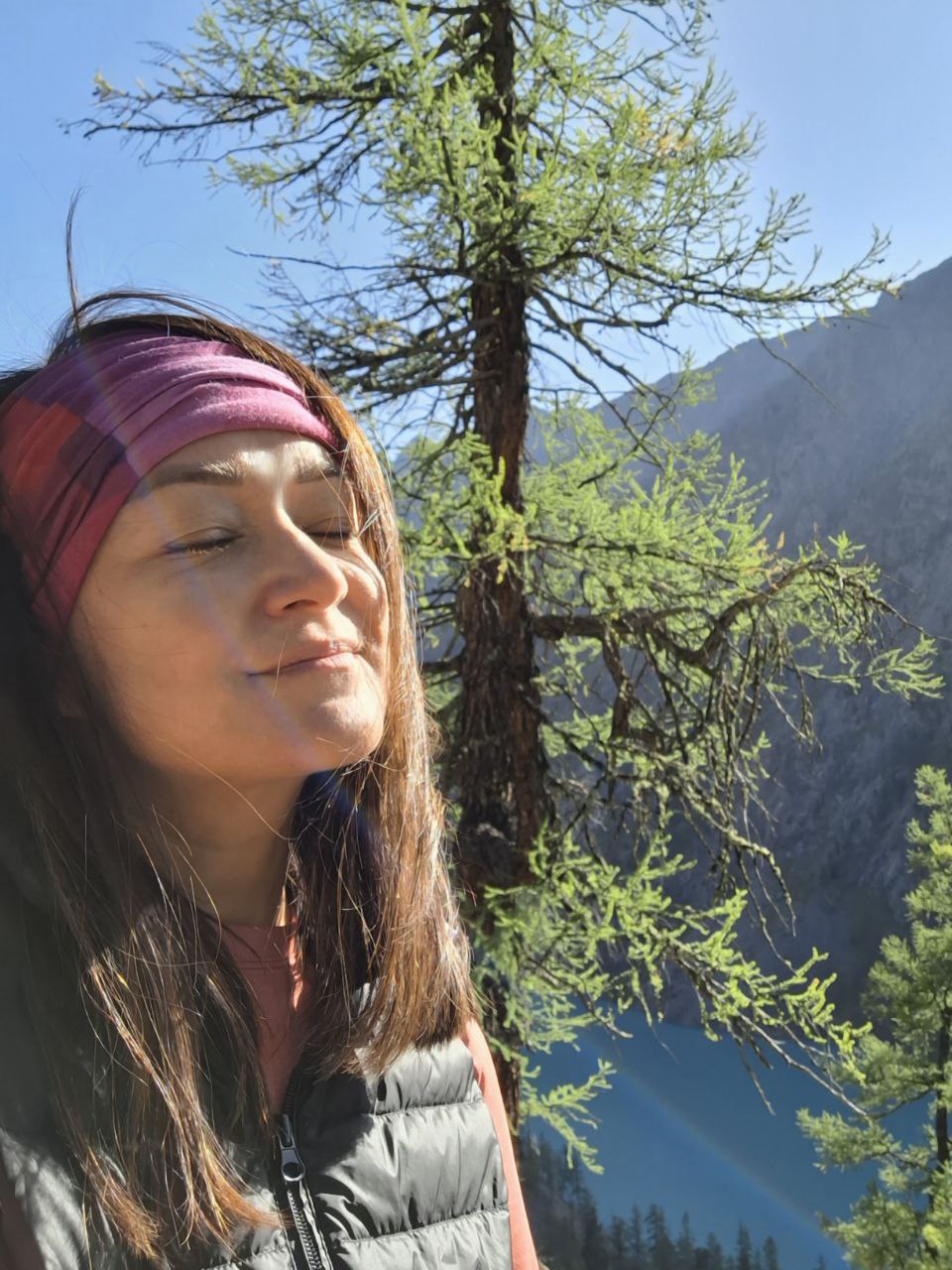
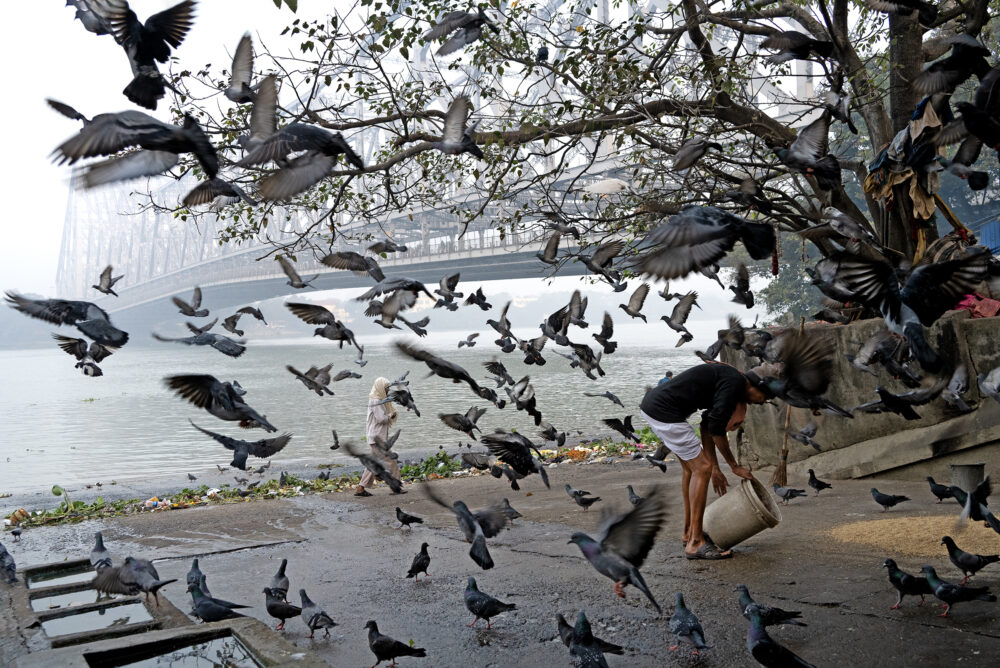
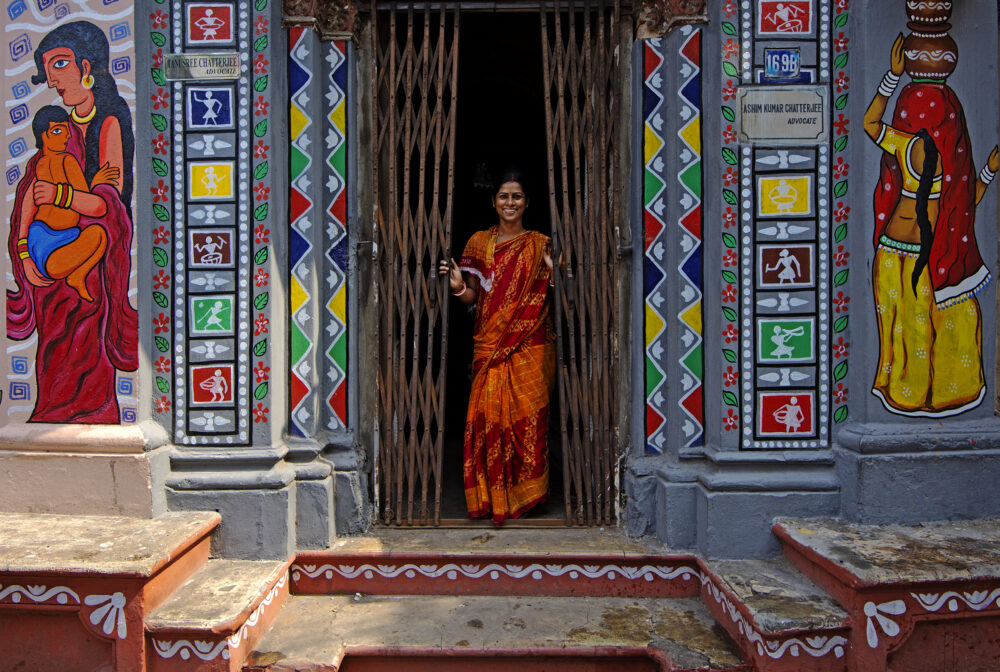

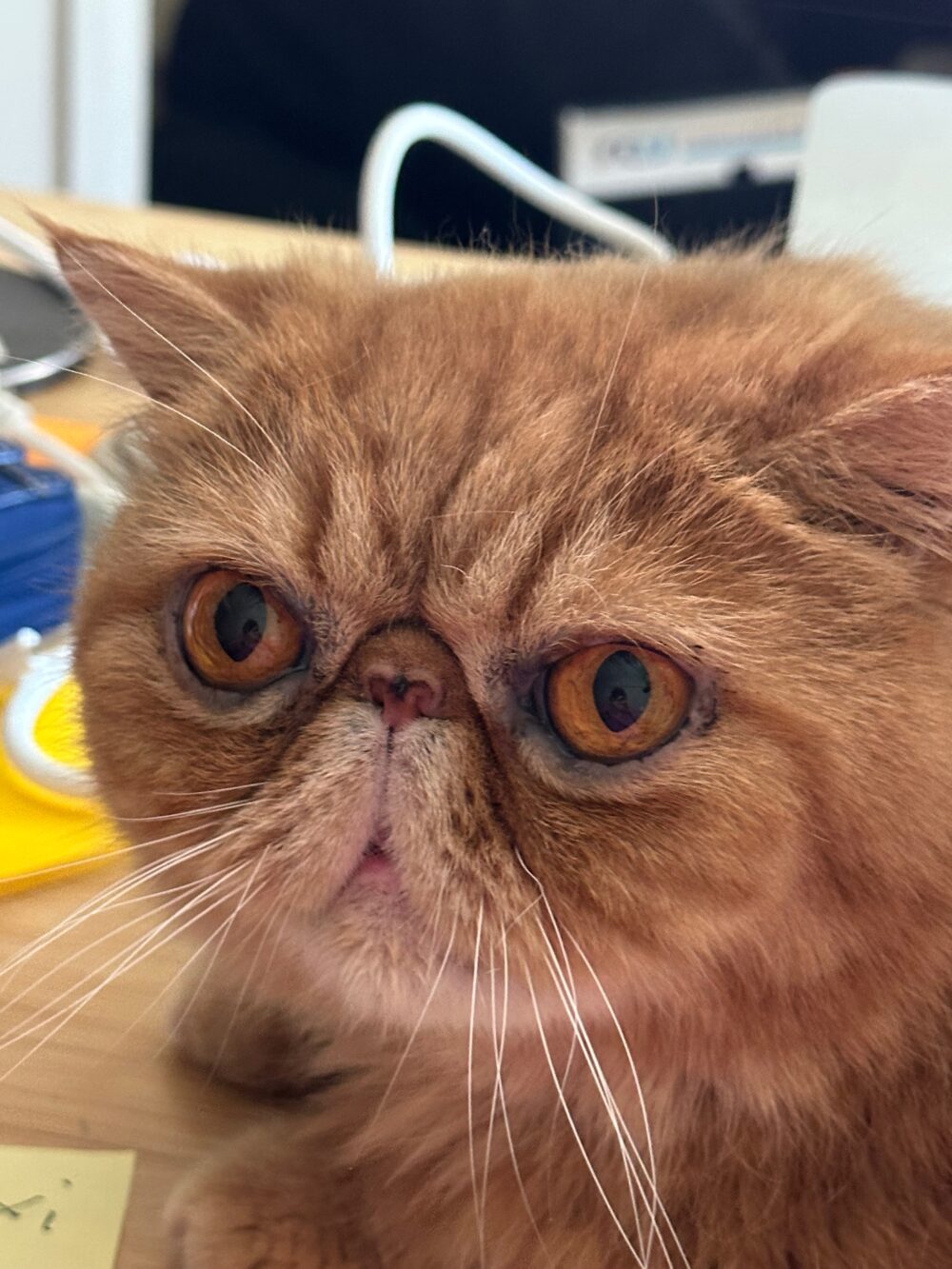
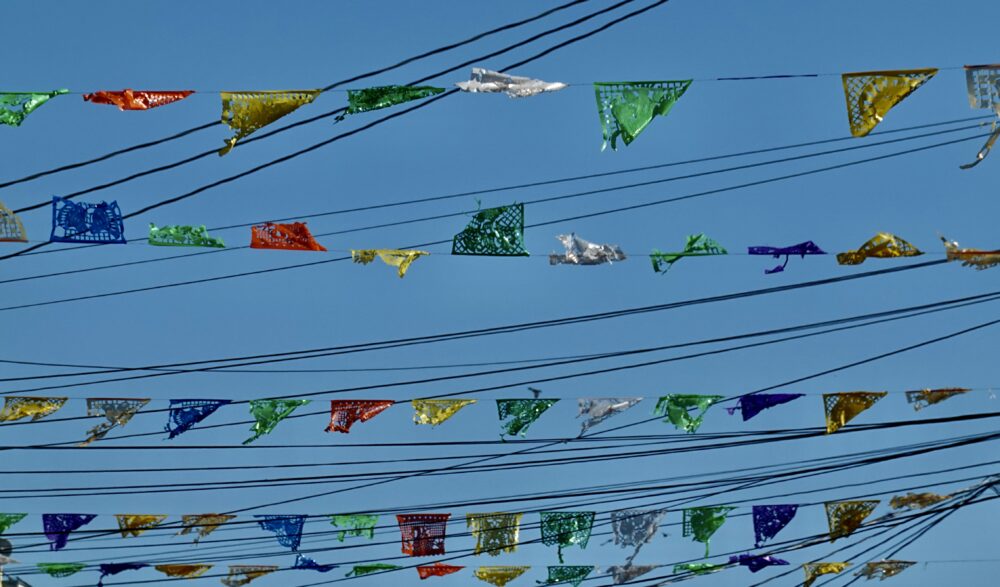
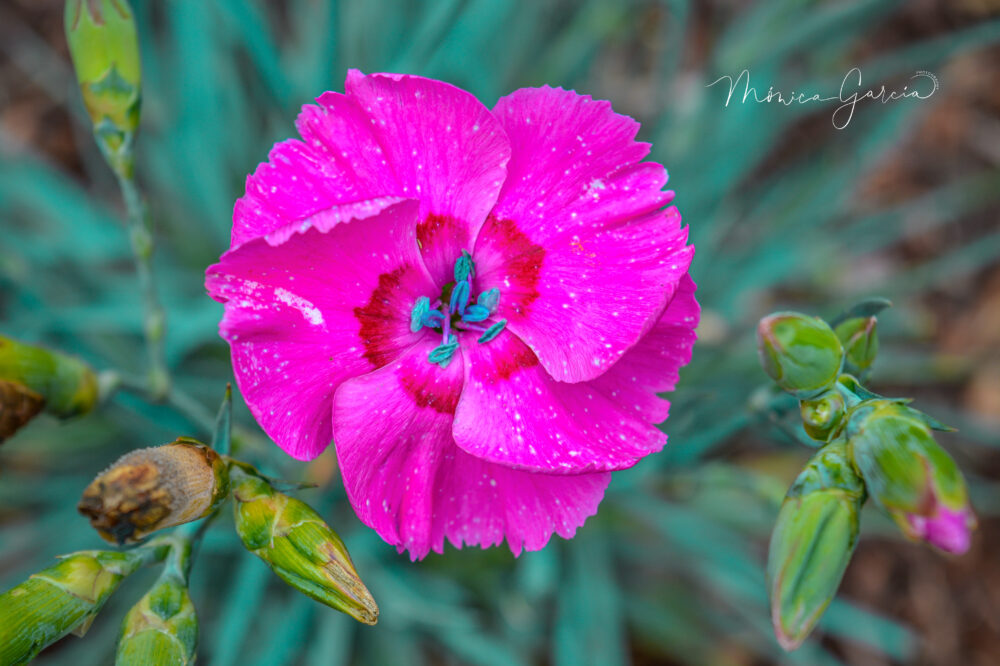
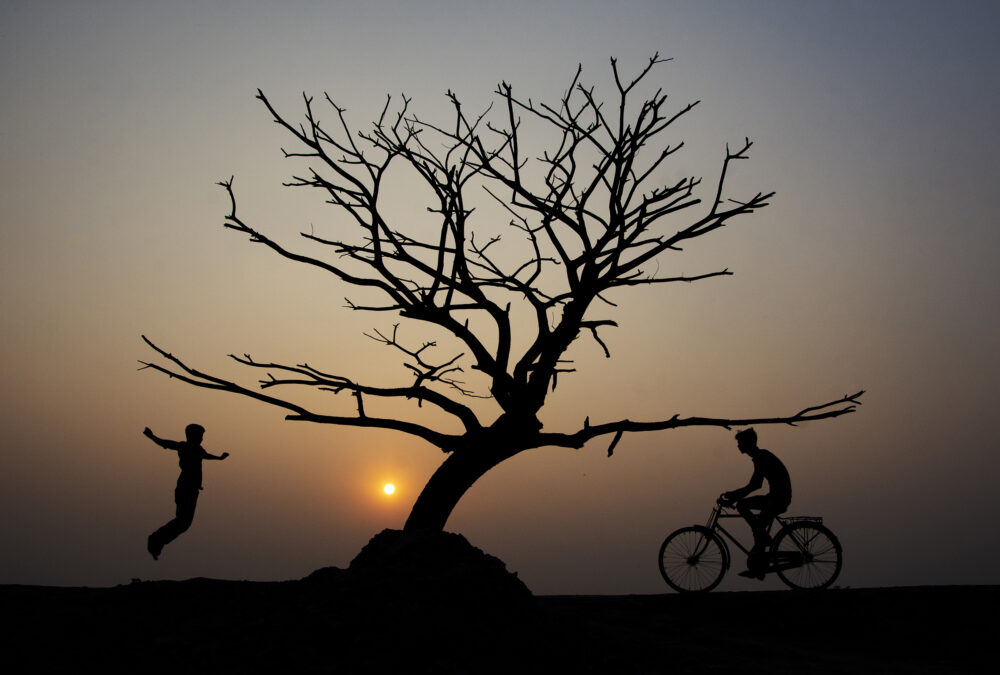
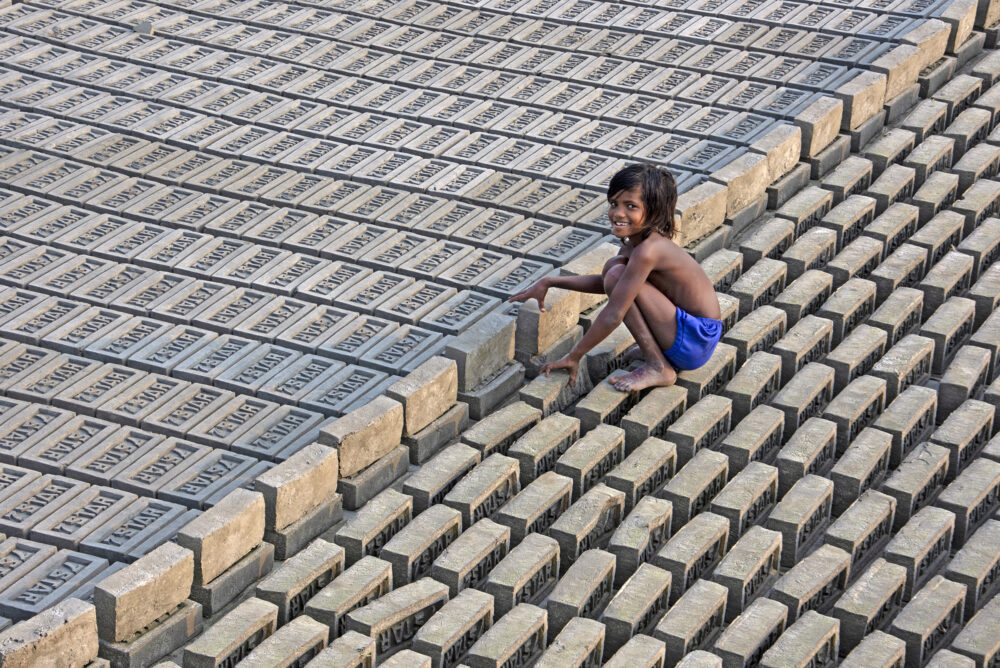
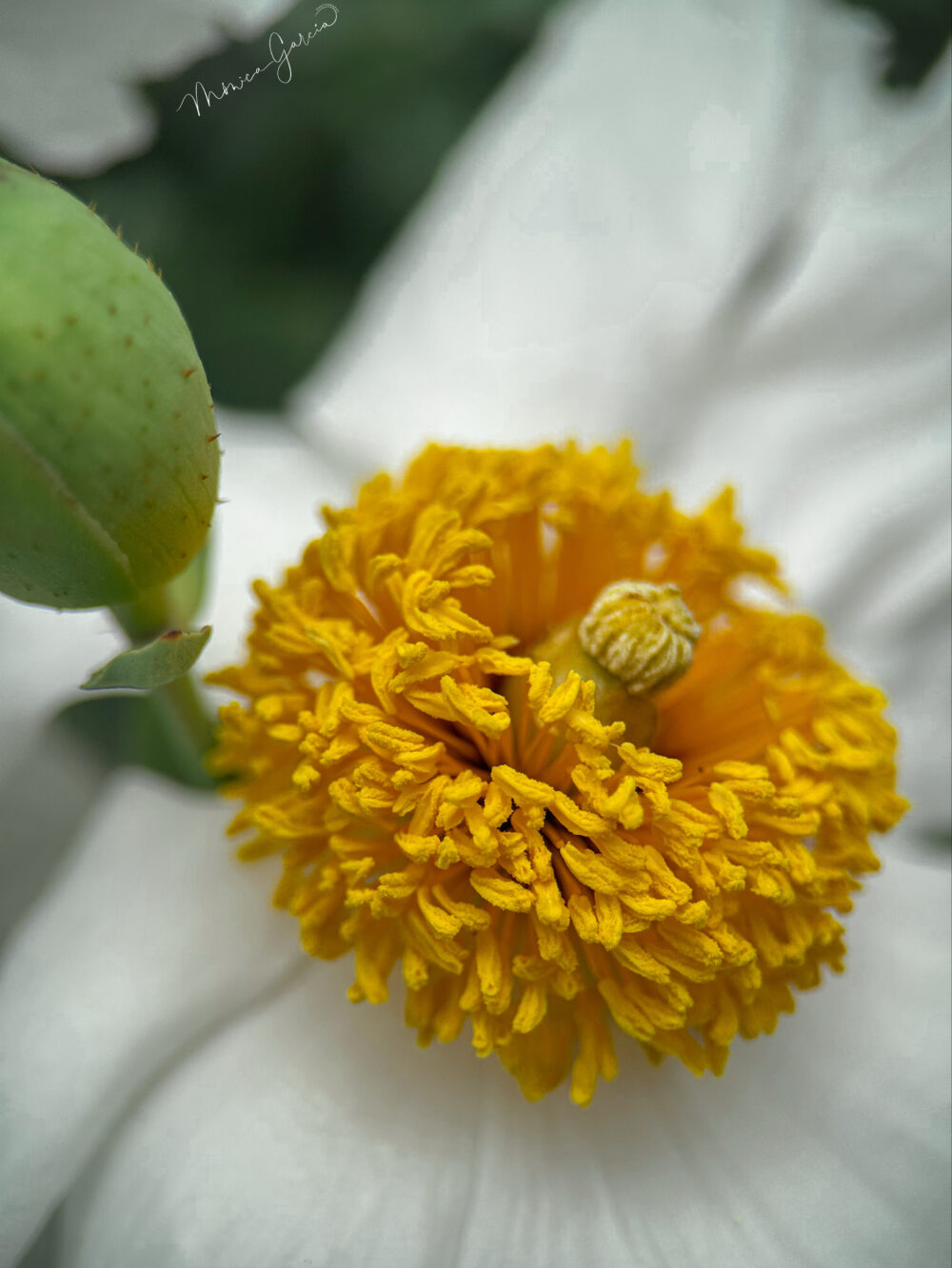
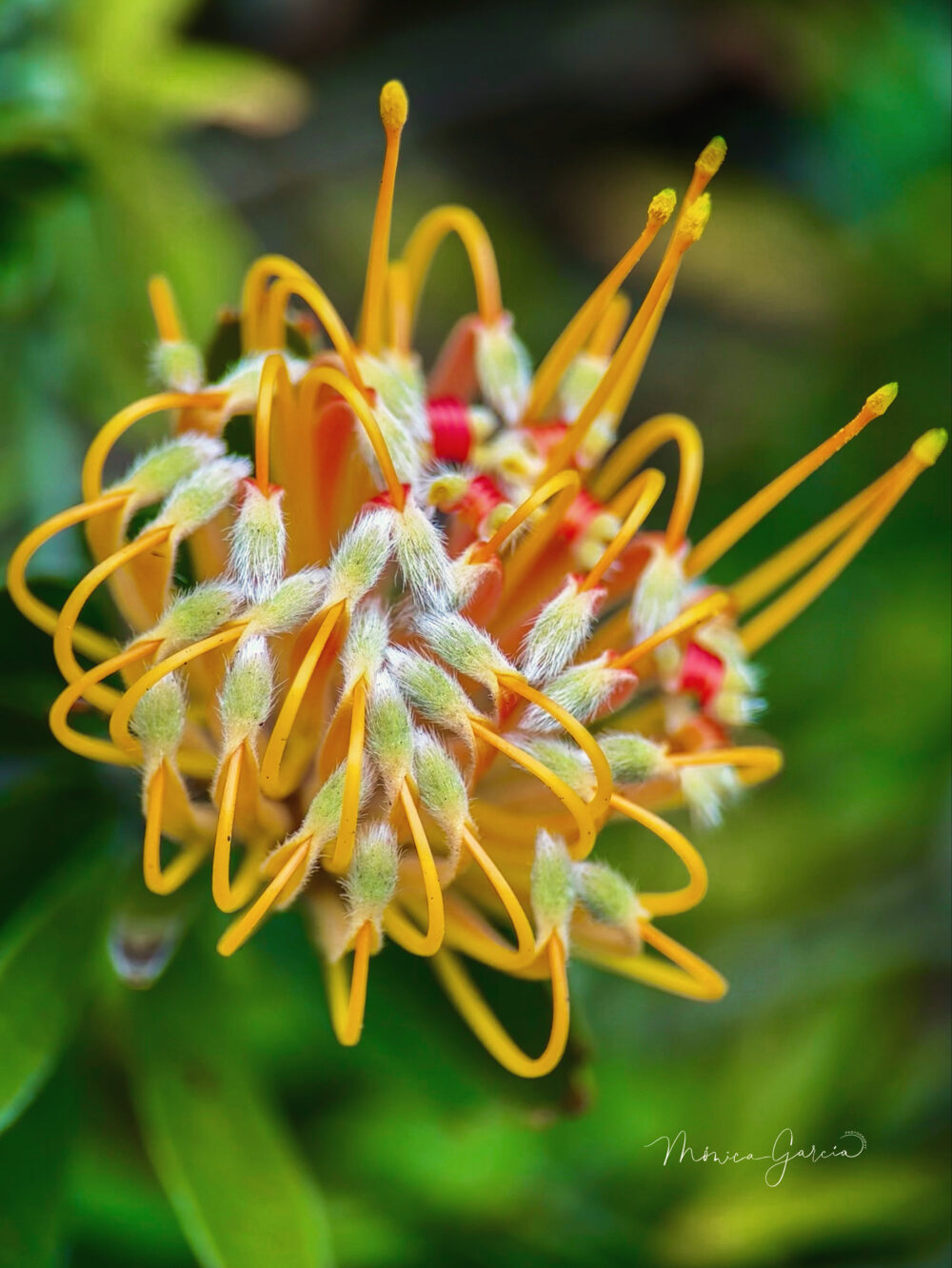







8 thoughts on “What Kind of Society do We Want to Live in?”
Love it we all want a diferet world
More central-parcs
I like the world you discribes
It is dificult for me in english
Bravo j’aime le monde que tu peints
Love it we all want a diferet world
More central-parcs
I like the world you discribes
It is dificult for me in english
Merci. I sent it to you in French via WhatsApp
Alec,
I believe you have captured the essence of what Central Park is now and what makes the place so inviting for so many of us.
It’s original purpose was a playground for the wealthy. The place was too spacious to control the populous of NYC and we eventually made it a place where all of US could enjoy it’s beauty and for various periods of time make it our backyard and have fun there.
And you should know since you have been there since the beginning of time. Thanks for reading Dick.
Always creating interesting reflections
Tank
Gracias
Great reflections. A photographer needs a sharp eye.